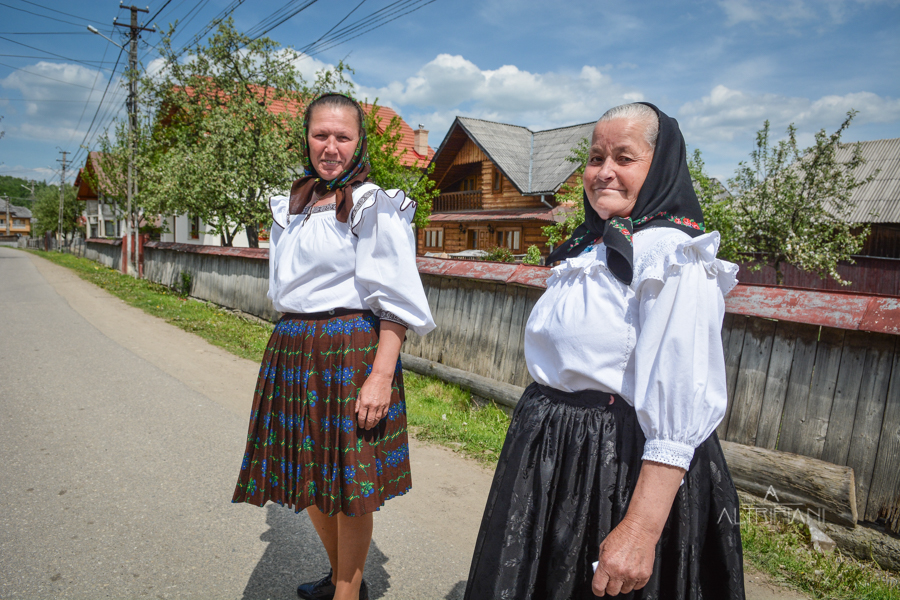
Women
The man invited us for lunch. When I asked to wash my hands, the woman of the house changed the…
Fifth week and beyond.
10 intense Bulgarian days from the last update.
Glorija speaks the slavic language again, after we both had fun in Romania with Rumenian, Italian, English, German, Hungarian and Spanish all of them mixed together.
It is always funny the way conversations make sense when you travel.
Our first Bulgarian night is a real test-stress for the tent, it felt like being on a sailing boat, but actually we were on a beautiful green ridge embraced in the Serbian-Bulgarian-Rumenian triangle.
On the fortress of Belogradčik in the North West of the country, we’ve been walking among red sandstone massifs where the erosion shaped the rock creating irregular columns of suggestive forms.
In Berkovica we eat a super yummy cheese burek made with bread and egg.
Bobo, a history lover, has just received two boxes full of strawberries and he’s happy to share it with us on his car!
He tells us that the Bulgarians were excellent archers on horses, they were so good to be able to gallop backwards; that the small cities we are traveling through are one of the poorest of Bulgaria because created in order to defend the country in case of an hypothetical invasion by Tito.
We turn around the capital Sofia and go straight on the feet of the Rila mountains.
I’m just in time to catch the high white blade of the Musala peak (2925m) with my 135mm, but we “lose” the Rila Monastery in the clouds.
The bed weather forces us to change plans again (altri-piani), and on the truck with Costantin we run along the Marica, the river that flows between the Balkans and the Rhodope, cutting Bulgaria from North West to South East where it enters in Greece.
Plovdiv is on the way that leads to the East and it is a real complex of the Balkanic essence, the mix of civilizations.
In this city Turks, Greeks, Armenians, Jewish, Albanians, gipsies and Polmaks passed through.
These last once aroused my curiosity.
I’ve bought a map of the Rhodope and the more I consult it the more it tears off.
In the wooded vallies we meet the friendly border police in green uniforms. They recognize us as experts and well equipped, but still recommend us to “be smart!”
In a couple of days we travel more than 60km by walk through mountains and villages, we spend one night in the hayloft of Cevdar, a funny man dressed as a I World War Russian soldier.
We eat breakfast 3km from Greece, with the company of the entire village of Kesten. Everyone would like to have his or her photo.
They write their addresses and help each other to write them in the Latin alphabet.
There are storks flying in the sky with their aerodynamic line and parallel paws.
In Ljaskovo, Slavic din, proud workmen promote us the festivals and events in the Rhodope: “You have to come back in September, but in March as well!” – “Ajde, Ajde!”
Here the rakja is an aperitif and the “yes” is a “no” with the head, things that make you feel drunk before you really are drunk.
If I’d take out the map they would all give me advices.
The women welcome us, kiss Glorija and it’s like a party everytime we pass through a village with our heavy colourful backpacks.
It’s from the first Carpathians that we find benches along our roaming.
We’ve found all types of benches, with young people, women, children, cats above, dogs under, donkeys and horses next to them, old men smoking, playing cards or friends looking the void.
Lonely people or seated in company, some of them say hello, some others wait for our word.
Here in the Rhodope, a place that if the weather would have been better we would have never reached in order to travel slower other places, the bench is an extraordinary element.
May be the sun, or the need to think, but we end this Altripiani here between big spaces and generous hospitality.
This is one of the big pleasures in this kind of travels: the awareness that no one in the world knows where we are, probably because we couldn’t say it for sure neither.
Altripiani… Until next time!


The man invited us for lunch. When I asked to wash my hands, the woman of the house changed the…
“Let’s go gentlemen, get on the carriage please!” Jozef worked for many years for the Slovak railways, he used to…
In these last days of April we are hitch-hiking in the North East Slovakia. Glorija and I manage to get…
Fourth week. Where the Carpathians meet the Balkans. We say goodbye to the Fagaras range where the snow won’t let…
Third week. If Ukraine is a country where man feels smaller and the world is bigger, Romania is a familiar…
Second week, last days in Slovakia and then off to the Ukranian Carpathians for the Ortodox Easter. Martin tells us…
With some delay, let’s try to summerize. The first week was a bit challenging. Sun and springy green, then ice…





